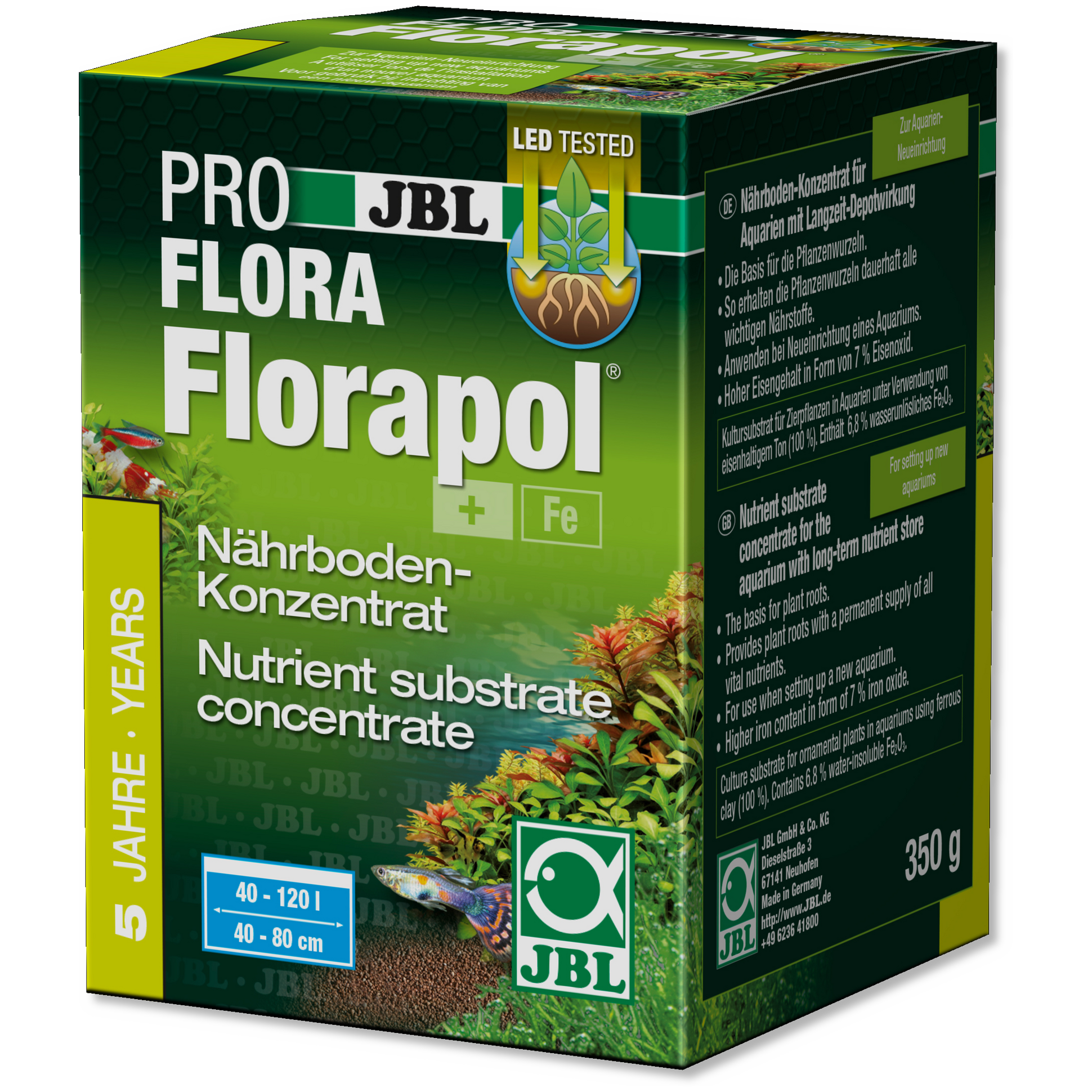Wookii
Member
What ever you use there will be cloudiness when you uproot plants as the detritus in-between the substrate particles is disturbed. I have been experimenting with sand and grit as a substrate in my high tech 'pot tank' and have been quite pleased with results, sand does yield a denser carpet of mini hair grass. I am dosing Urea in the tank also which a risk with it being ammonium based however every dosing a very little very often, think its setup to dose about 100 times a week so the ammoium/nitrite peak is avoided, which you would get if dosing 7 times a week.
I am thinking of just using sand in my 500l tank on the rescape I will be doing soon due to moving. Most of plants I like are do well growing in the water column/sand/grit so the need of a rich/active substrate seems a little questionable ATM.
Hi all,
My thoughts as well. There might be microbial? advantages to a humus rich substrate for Cryptocoryne spp. etc .
cheers Darrel
Following this thread with interest @Fred13 - I not a fan of aqua soils myself despite using it in my last few scapes, and I'm also planning on going with a sand substrate also on my next scape - not least because I intend to make it more of a 'habitat' style tank also - so I hope you don't mind me joining this thread and asking some questions of my own?
What 'sand and grit' recipes have you come up with so far @Zeus. - and given a scape as large as your 500 litre tank will be, what depth do you think you can keep it without running into anaerobic/hydrogen sulphide issues?
Can this be mitigated by staying above a certain grain size for the sand, or would it work to add a layer of crushed lava rock under the sand - or would that result in the same disturbance issues as capping aquasoil?



